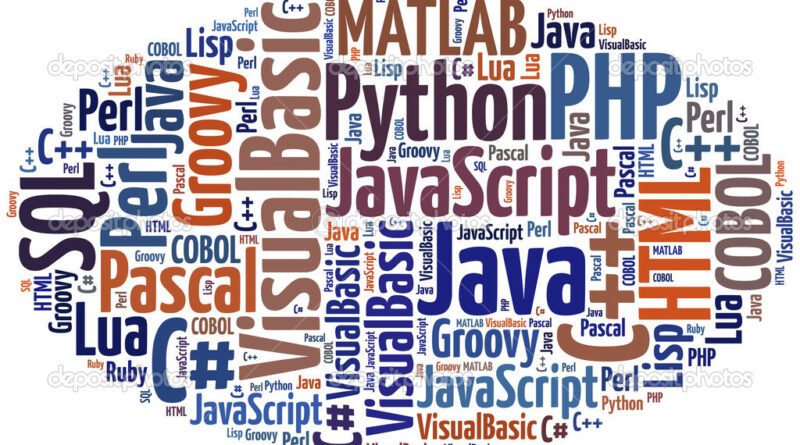TOP RECESSION-PROOF PROGRAMMING LANGUAGES TO LEARN IN 2023
To communicate with computers, programmers (developers) utilise a programming language, which is a computer language. For instance, early languages were more mechanical, but as time goes on, academics are developing more user-friendly and understandable languages. However, there are a few of the best programming languages that will endure the 2023 recession.
C
In 1972, the C language was developed. An older language called B served as the foundation for the lower-level language C. It is a general-purpose language that many other programming languages, including C#, Java, JavaScript, Perl, PHP, and Python, descended from. It is utilised in numerous programmes that interact with hardware or work with memory.
C++
Eleven years later, in 1983, C++ was created. It is frequently regarded as an extension of C because it is so similar to C. Classes, virtual functions, and templates were among the new ideas added. It is more of an intermediate-level language that, depending on the application, can be utilised at lower or higher levels. Additionally, it is popular for usage in low-latency applications.
Objective-C
During the same period that C++ was made available to the general public. There’s a lot in a name, obviously, and this version was intended to be an object-oriented C. Apple is one of its most well-known users. Your iPhone or Mac applications were probably created with Objective-C if you use a Mac or iOS device.
Python
The Python programming language, which had been in development since the late 1980s, was first made available in 1991. It is an object-oriented, dynamically typed language that is frequently used for online applications and scripting. It is typically used in conjunction with some of its backend frameworks, such as Django or Flask. It is among the most widely used programming languages right now.
Ruby
Ruby was published in 1993. You’ve certainly heard of Ruby on Rails by now, which is generally used to develop the Ruby-based backend of web applications. This language was influenced by older languages like Perl and Lisp, unlike the many languages that were built from C. This language was created to make programming enjoyable and effective. In order to do this, the language was modified to be more in line with human demands than machine needs.
Java
Java was created in 1995, two years later. This high-level language is a descendant of C. It is well-known for its use in online applications and as the language for creating Android apps and the Android operating system. A few years ago, it was the most widely used language, but usage and popularity have both significantly declined.
PHP
PHP was created the same year as Java was. It’s an open-source programming language made specifically for building dynamic webpages. Additionally, server-side web development employs it. Even though its use is waning, it is still in use today.
JavaScript
JavaScript was introduced to the world in the same year. It was created as a high-level language to aid in a web page’s functionality. With the introduction of Node.js, it is now now occasionally used as a scripting language and on the backend of applications. It is currently one of the most well-liked and frequently used programming languages.
SQL
Donald D. Chamberlin and Raymond F. Boyce of IBM created SQL (Structured Query Language) in the early 1970s. Edgar F. Codd’s relational paradigm for database administration was one of the first programming languages used in commercial software, and it was used by SQL. The programming language was developed to access and manipulate data held in IBM’s System R database management system. Since that time, the SQL language has been recognised as the industry standard for relational database communication by both the American National Standards Institute (ANSI) and the International Standards Organization (ISO).
Cobol
The Conference on Data System Languages created COBOL, or Common Business Oriented Language, in 1959. (CODASYL). The rising expense of programming at the time worried both computer users and manufacturers. It was recommended that the conversion would be less expensive and quicker if a common business-oriented language were utilised. These worries led to a meeting with the Department of Defense, which led to the creation of COBOL, which has since been predominantly utilised in business, financial, and administrative systems for organisations and governments.



